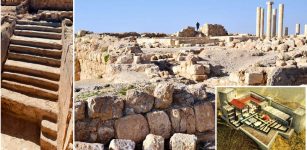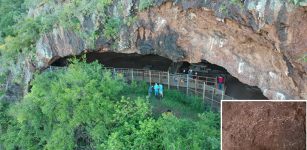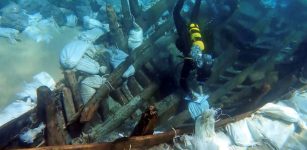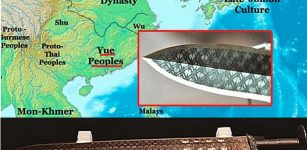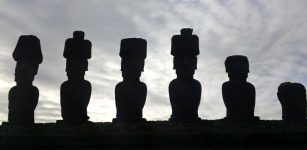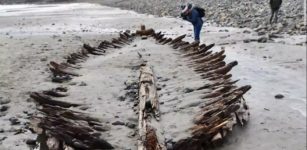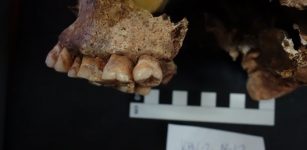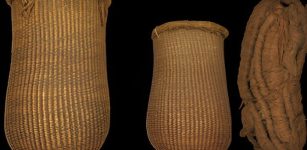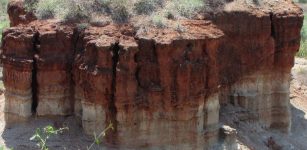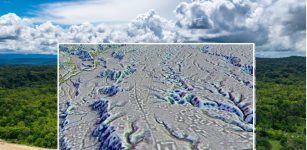Ice Age Teens Experienced Puberty Stages Similar To Modern Adolescents, Study Reveals
Conny Waters - AncientPages.com - Recent groundbreaking research reveals that teens from the Ice Age, approximately 25,000 years ago, experienced puberty stages akin to those of contemporary teenagers. Published today in the Journal of Human Evolution, this study addresses a significant knowledge gap regarding the developmental processes of early humans.
Reconstruction of Romito 2, a 16-year-old teenager with a form of dwarfism who lived 11,000 years ago in southern Italy. Drawing by: Olivier Graveleau.
The investigation examined the skeletal remains of 13 ancient individuals aged between 10 and 20 years. Co-led by University of Victoria (UVic) paleoanthropologist April Nowell, researchers identified specific markers within these bones that enabled them to evaluate the progression of adolescence.
“By analyzing specific areas of the skeleton, we inferred things like menstruation and someone’s voice breaking,” says Nowell.
Lead author Mary Lewis developed the technique from the University of Reading. Lewis’s technique evaluates the mineralization of the canines and maturation of the bones of the hand, elbow, wrist, neck, and pelvis to identify the stage of puberty reached by the individual at their time of death.
“This is the first time my puberty stage estimation method has been applied to Paleolithic fossils and it is also the oldest application of another method—peptide analysis—for biological sex estimation,” says Lewis.
Life during prehistory was believed to be as Thomas Hobbes described it: “nasty, brutish and short.” However, this new study shows that these teens were actually quite healthy. Most individuals in the study sample entered puberty by 13.5, reaching full adulthood between 17 and 22 years old. This indicates that these Ice Age adolescents started puberty at a similar time to teens in modern, wealthy countries.
“It can sometimes be difficult for us to connect with the remote past, but we all went through puberty even if we experienced it differently,” says Nowell. “Our research helps to humanize these teens in a way that simply studying stone tools cannot.”
One of the 13 skeletons examined was “Romito 2,” an adolescent estimated to be male and the earliest known individual with a form of dwarfism. This new research on puberty assessment provides further information about Romito 2’s likely physical appearance and his social role.
Dr. Mary Lewis from the University of Reading (UK) inspects the skeletal remains of Romito 2 found in southern Italy. Credit: University of Victoria
Since he was mid-way through puberty, his voice would have been deeper, much like that of an adult male, and he would have been able to father children; however, he may still have appeared quite youthful with fine facial hair. Due to his short height, his appearance would have been closer to that of a child, which may have affected how his community perceived him.
See also: More Archaeology News
“The specific information about the physical appearance and developmental stage of these Ice Age adolescents derived from our puberty study provides a new lens through which to interpret their burials and treatment in death,” says archaeologist Jennifer French of the University of Liverpool, one of the study's co-authors in a press release.
Written by Conny Waters - AncientPages.com Staff Writer



